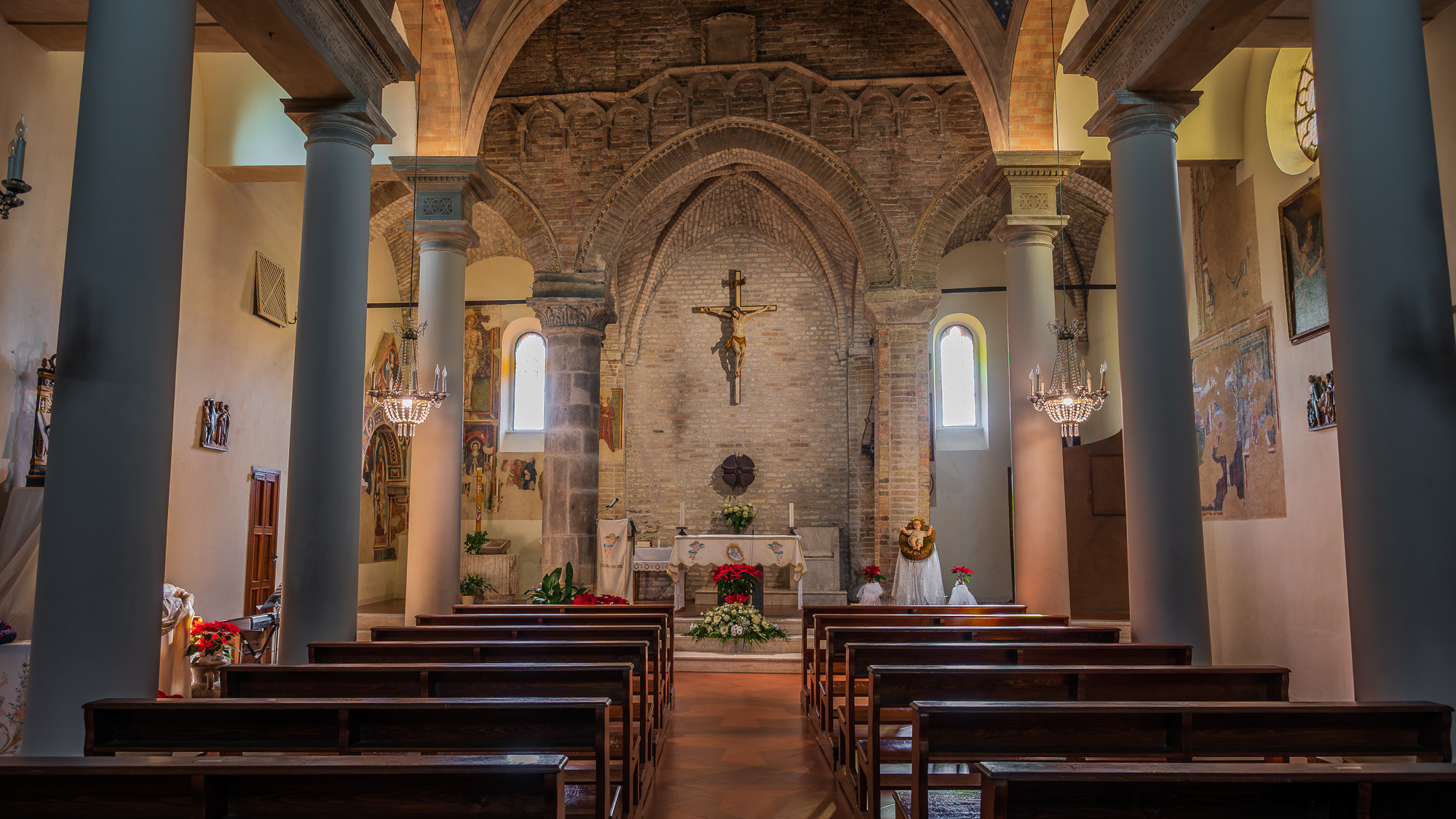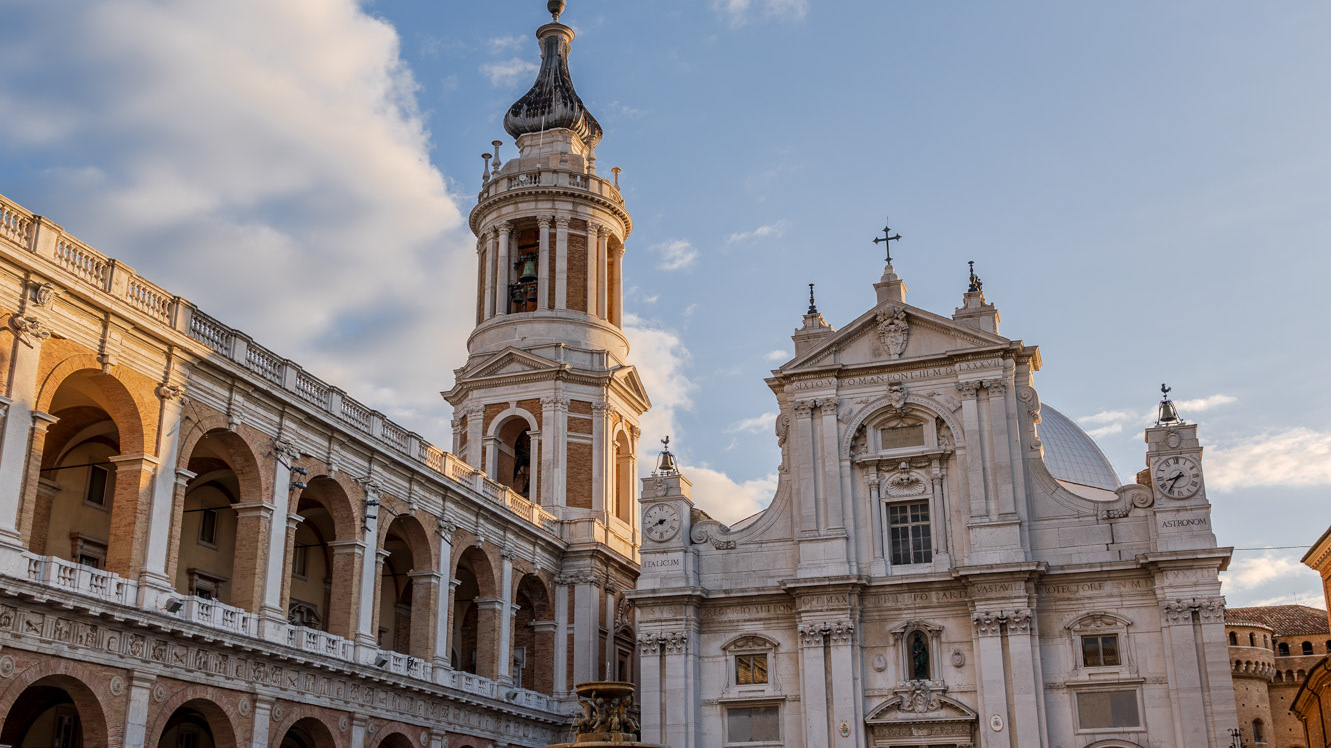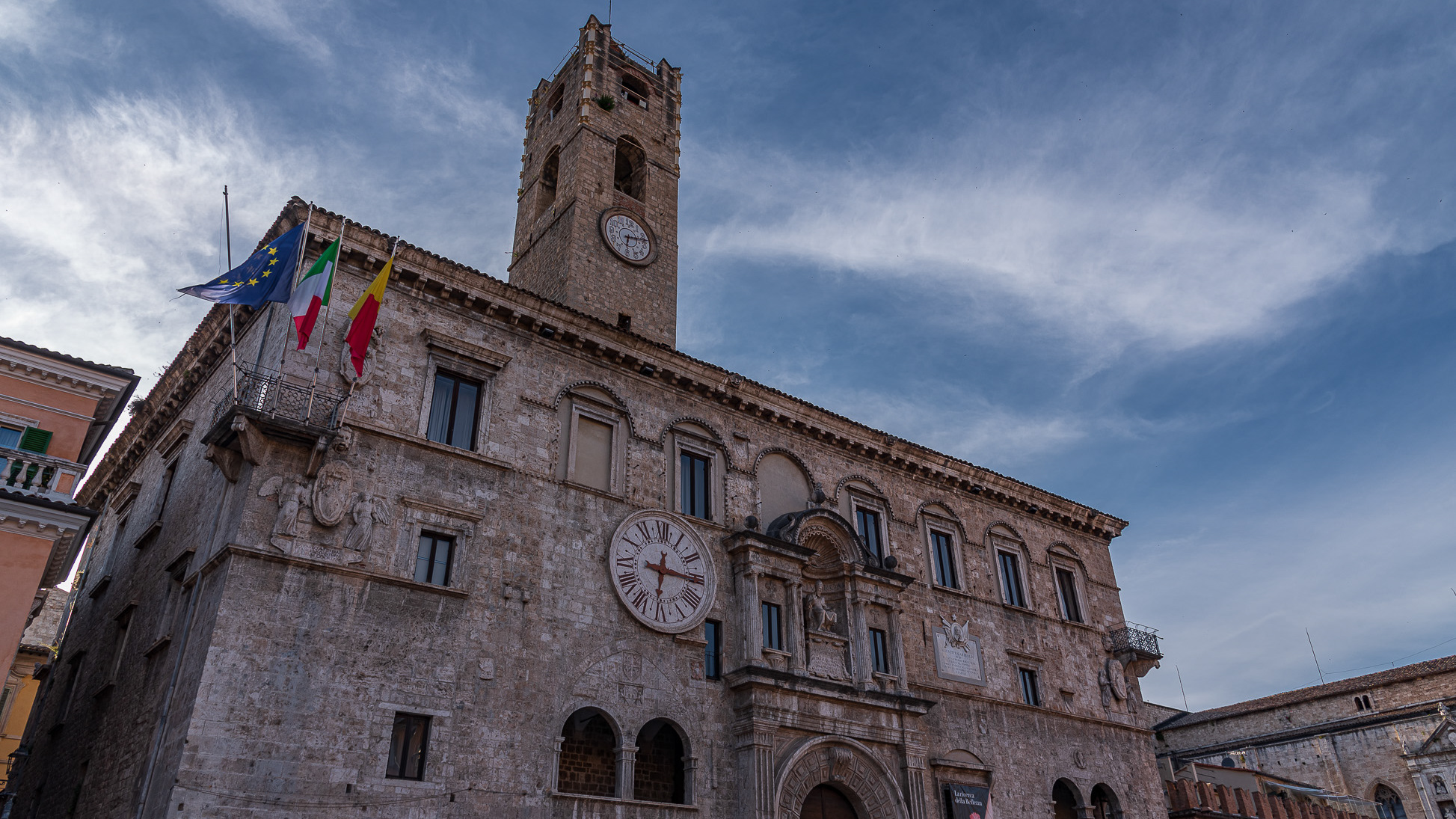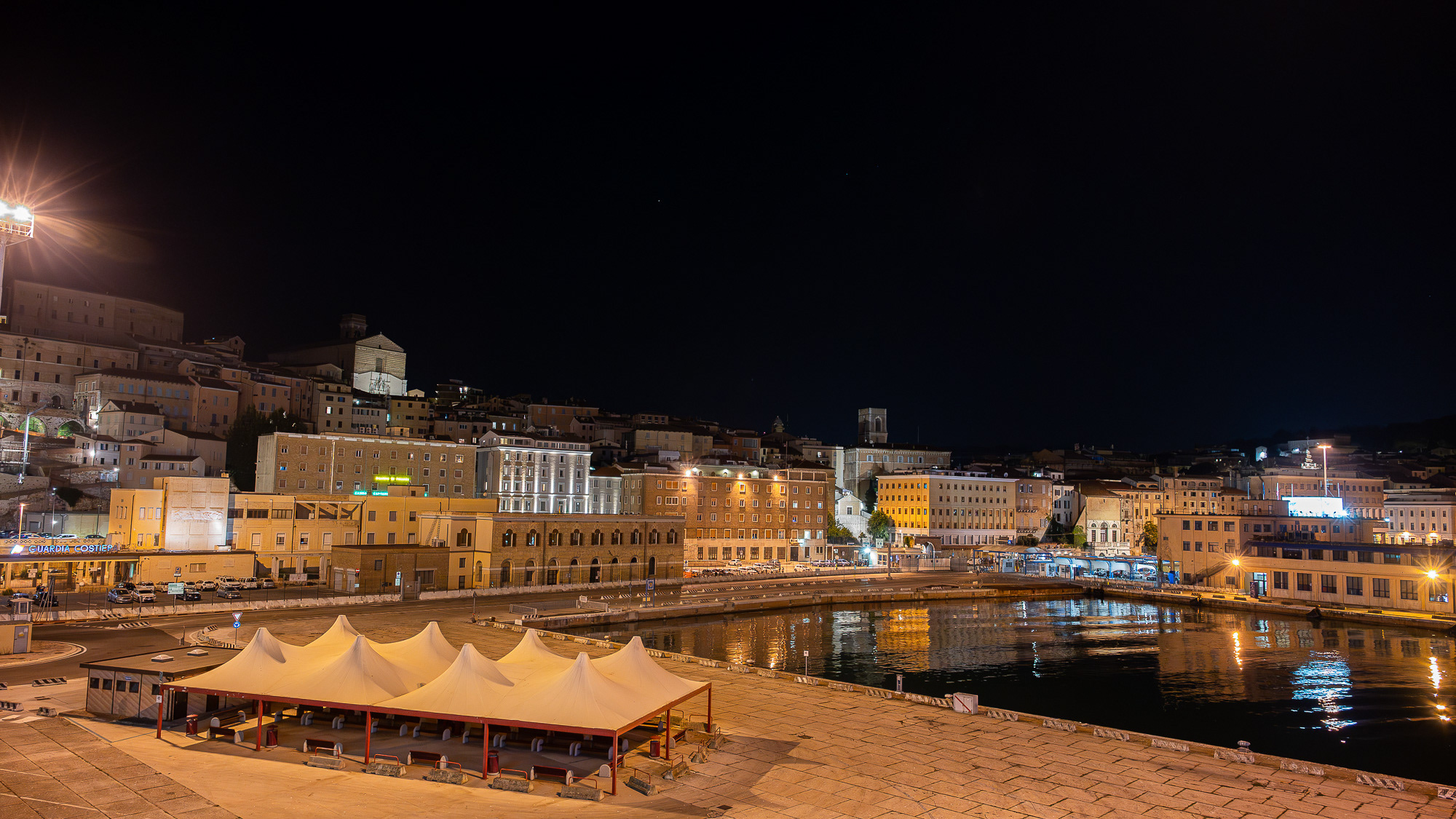Recanati. Views
2022
Recanati is an Italian town of 20 975 inhabitants in the province of Macerata in the Marche region.
You may also like

2025
Offida. Collegiate Church of S. Maria Assunta
2022
Montefortino. The sanctuary of the Madonna dell'Ambro
The sanctuary of the Madonna dell'Ambro is a religious building of Marian worship, located in the municipality of Montefortino, in the Sibillini Mountains.

2025
Adriatic Sea and Trabocchi Coast.
2025
Landscape of the Marche hills. View from Montedinove

2024
Torre di Palme. Church of Santa Maria a Mare
Probably built in the 12th century, original frescoes from the 15th century are still clearly visible inside, while the vault was frescoed in the early 1900s.

2024
Loreto. The Basilica of the Holy House
The Basilica of the Holy House is one of the main places of veneration of Mary and one of the most important and visited Marian shrines of the Catholic Church. It is located in Loreto.
2022
Offida, Ascoli Piceno. Church of S. Maria della Rocca
The church is located on the western edge of the town, surrounded on three sides by cliffs that open onto two valleys. It is a Romanesque-Gothic brick construction, built by Maestro Albertino in 1330 on a pre-existing small Benedictine church. The façade, facing the outside of the town, is articulated by pilasters and on the opposite side there are three high polygonal apses with white stone pilasters, single lancet windows and Gothic arches. On the central apse there is a Romanesque-Gothic portal that leads into the crypt (3 then 5 naves), as wide as the upper church and decorated with frescoes attributed to the Master of Offida. The upper church, with a single hall according to the tradition of the mendicant orders, preserves frescoes of Giotto influence, still attributed to the Master of Offida (those of the transept are dated by an inscription to 1367) and others attributed to Giacomo da Campli (15th century) . Part of the original decorations were also lost due to the deterioration of the roof. In the side altars, erected in different eras, there is the one dedicated to Saint Andrew, from the 15th century, with an altarpiece frescoed on the wall by Vincenzo Pagani. During the advance of the allied troops, between 16 and 18 June 1944 some German soldiers had completely undermined the church so that the rubble was in the way of the allies, but none of the thirty mines exploded and the inhabitants attributed the episode to a miracle of the Virgin. On the left side of the first step of the staircase leading to the church a sheep is represented eating a four-leaf clover; popular belief has it that if you position yourself on it, walking backwards along the staircase, with your eyes closed, your wish will be fulfilled.

2022
Ascoli Piceno. The Palazzo dei Capitani del Popolo
Overlooking Piazza del Popolo, it stands out for its elegant medieval crenellated tower next to the historic Meletti café. Built between the 13th and 14th centuries from the union of three small buildings separated by two rue, one of which was equipped with a tower which was later reused, it was remodeled following the fire that almost entirely destroyed the interior in 1535. The central portal, preceded by a staircase and surmounted by the monument to Paul III, the courtyard with three orders of loggias and the staircase, the latter built by Camillo Merli around 1550, date back to that period.
2022
Recanati. The church of S. Agostino
The church of Sant'Agostino is a religious building in Recanati. The structure is known for its bell tower which inspired Giacomo Leopardi's poem Il spero solitario.

2023
Ancona. Night view from the port
